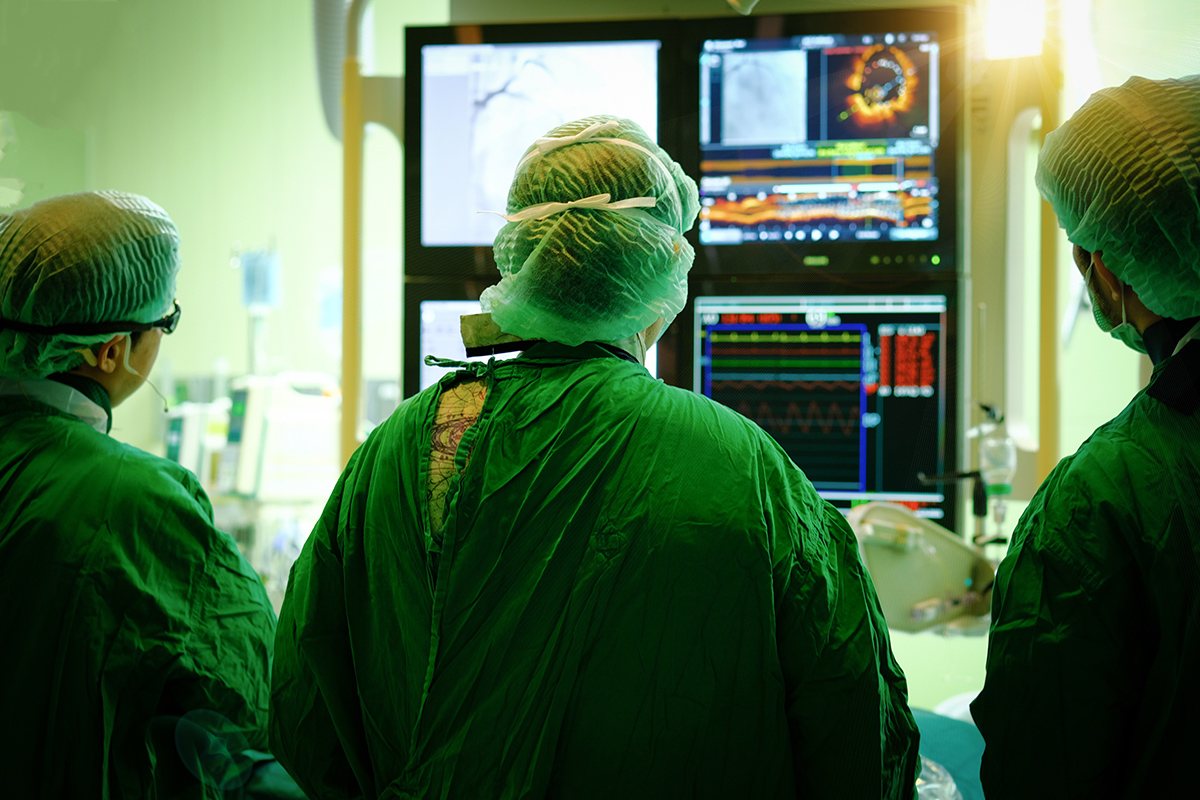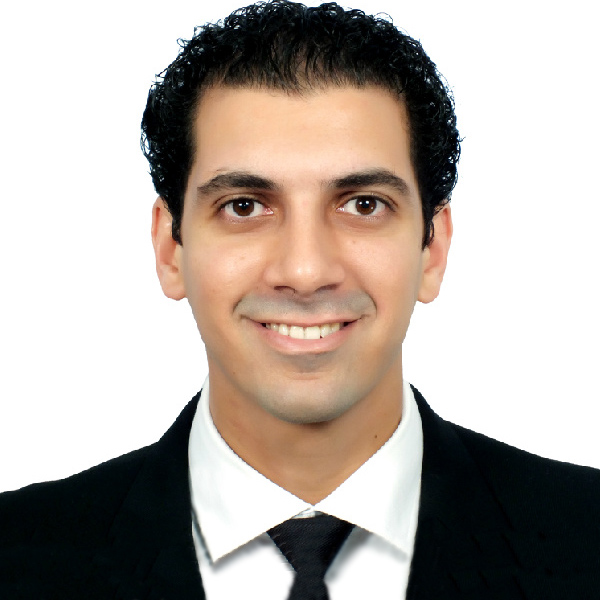Competency in the Basics of CIED Management: Bridging the Training Gap

Cardiovascular medicine is a broad and diverse medical science. Between general cardiology, interventional cardiology, advanced heart failure, cardiac imaging, critical care cardiology, adult congenital heart disease and clinical cardiac electrophysiology (CCEP), in addition to new emerging fields such as preventive cardiology and cardio-oncology, training programs work hard to provide general cardiology fellows with a decent exposure to the different subspecialties of cardiovascular medicine.
Since the release of the first version of the Core Cardiology Training Statement (COCATS) in 1995, the ACC has been working relentlessly with leaders in the field to identify and standardize the training requirements for cardiology fellowship programs.
COCATS are meant to define progressive levels of skill and competency in various subspecialties of cardiovascular medicine.
Understandably, it is not expected that fellows from different training programs will achieve the exact same level of competency in different aspects of cardiology. Nonetheless, these guidelines provide some common standard language to communicate how advanced a certain trainee has developed in each cardiovascular discipline.
Furthermore, they detail the minimum level of competency (level I) required of all general cardiology fellows before working as independent cardiology attendings.
With the continuously increasing number of patients with cardiac implantable electronic devices (CIEDs), understanding the fundamentals of cardiac pacemakers and defibrillators becomes an essential skill for every cardiologist, not just cardiac electrophysiologists.
Appropriately, training in cardiac pacing has been included in the COCATS Task Forces since 2008, and has been updated through the different iterations of the document.
The most recent version of COCATS (COCATS 4) released in 2015, defines the core competency components for level I in cardiac pacing as "knowing the indications and contraindications for permanent pacemaker placement, cardiac resynchronization therapy, and implantable cardioverter-defibrillator placement" and "knowing the basic principles of programming and interrogating implanted devices."

This level is expected to be achieved by rotating for two months of consultation on arrhythmia service. However, COCATS 4 does not mandate that the trainees actually perform any device interrogation.
On the other hand, level II is almost never achieved by fellows who are not pursuing advanced training in CCEP, since it not only requires six months of consultation on EP service and a 100 CIEDs interrogations, but also implanting 40 PPM and 40 ICDs.
Therefore, a significant gap exists between level I and level II.
In many training programs, general cardiology fellows are the ones responsible for inpatient CIED interrogations; not only during the day when direct attending supervision is readily available, but also while on call at night and during weekends.
This requires a certain level of competency that would be higher than what can be achieved by level I training – but not necessarily as high as level II –to both ensure patient safety and make sure trainees are not facing uncomfortable situations that they lack the proper knowledge to deal with.
In addition, in training programs where general cardiology fellows are expected to perform device interrogations, this typically starts early in their first year before getting enough experience with CIEDs through rotating on the EP service for the required two months.
Furthermore, from a future job perspective, cardiologists practicing out in the community are often taking care of patients with CIEDs, who frequently present with symptoms related to device malfunction, or ICD therapy, or even have normal device functionality that could be mistakenly interpreted as device malfunction.
Although CIED manufacturers have representatives available to interrogate and program these devices, often times they are not immediately available onsite, which may delay patient care.
Importantly, without the proper experience in dealing with CIEDs, treating cardiologists may not even recognize in some instances that the patient presentation could be a device-related issue.
A proposed solution to bridge this competency gap and to equip future cardiologists with an important and practical skill that can have significant implications on patient care is to create a pathway for certification in the basics of CIED management.

Ideally, this pathway would include an online curriculum that covers the major core competencies in the basics of CIED management and is specifically designed for physicians, whether cardiology fellows or practicing cardiologists.
Some device manufacturers and other third-party services have online material available for device training.
However, they are mainly targeted for allied health care professionals rather than physicians, which makes the content less practical to a cardiology fellow or attending.
Importantly, a structured hands-on experience to complement the online resources is not available across the board for general cardiology trainees. The creation of such online and hands-on curriculum and certification pathway would allow cardiology fellows to get the required knowledge in a timely manner at the beginning of their training.
It would also allow them to build on that knowledge with practical experience during EP service rotations to achieve a certain competency level that would make them comfortable performing basic CIED interrogation, troubleshooting and programming during their fellowship and when they start practicing independently.
Moreover, the integration of this form of training in the general cardiology fellowship is probably the best way to address the issue of the growing demand for basic PPM/ICD programming competency and the limited supply of competent physicians with these skills.

